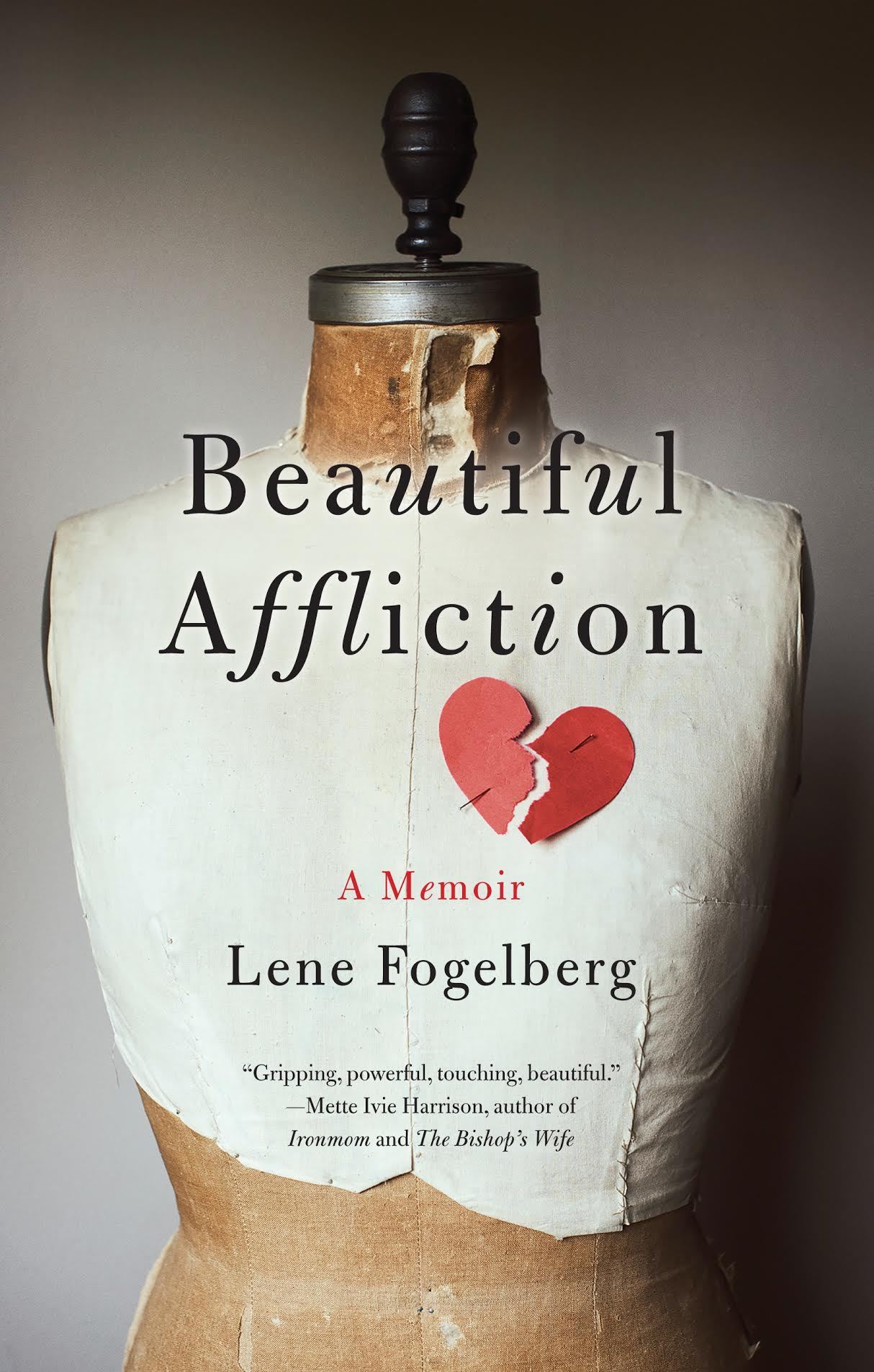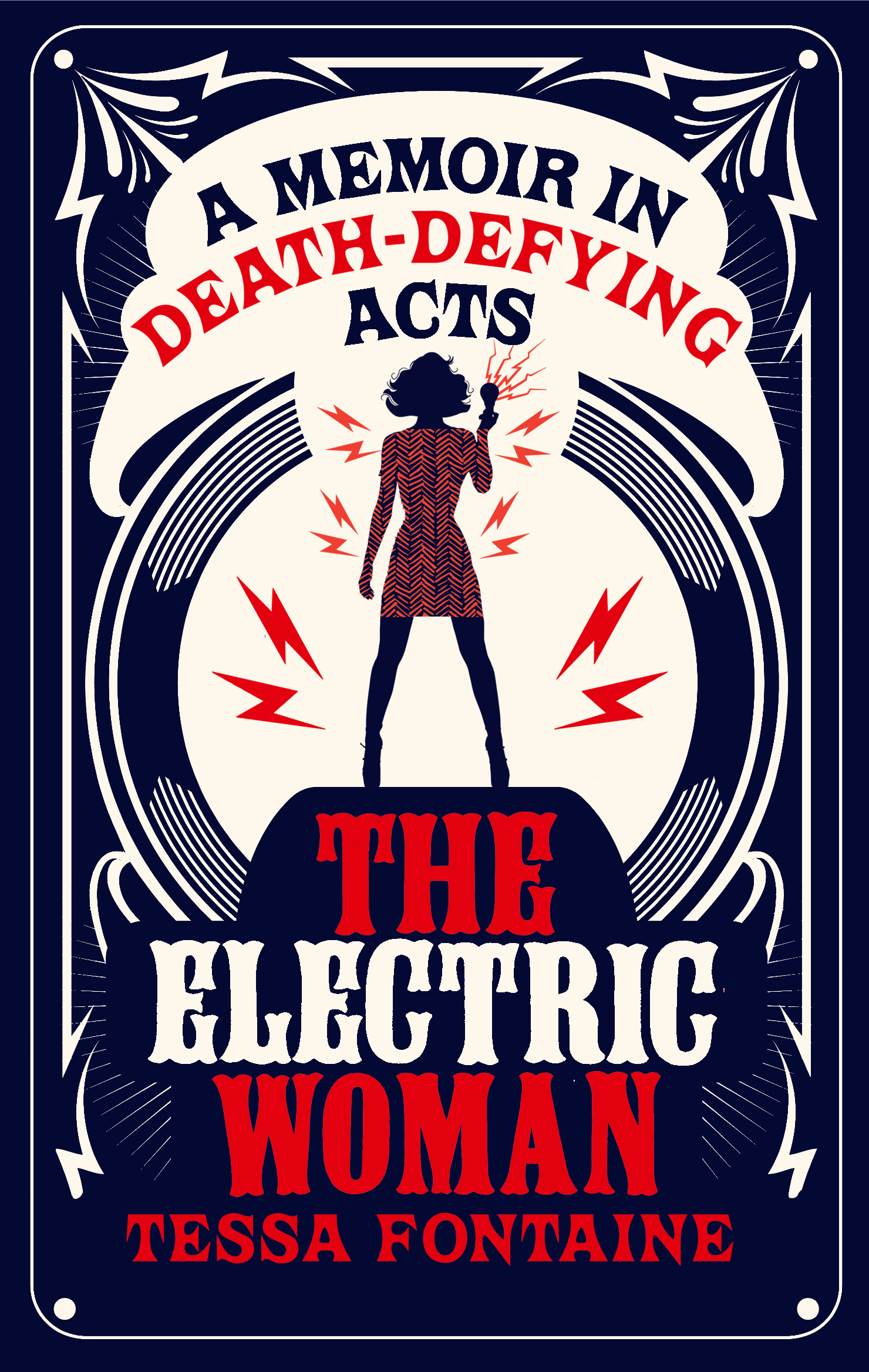
I Am, I Am, I Am: Seventeen Brushes with Death
Book Description
What if your life was defined by moments where fate danced with death? In "I Am, I Am, I Am: Seventeen Brushes with Death," Maggie O'Farrell takes you on an electrifying journey through her close encounters with mortality. Each pulse-pounding tale reveals the fragility of life, weaving a tapestry of fear, resilience, and the raw power of survival. From the poignant to the terrifying, O'Farrell's reflections pulse with urgency and vulnerability, illuminating the beauty found in borrowed time. How do these brushstrokes of near-loss shape our understanding of living fully?
Quick Book Summary
"I Am, I Am, I Am: Seventeen Brushes with Death" is Maggie O'Farrell's gripping memoir that chronicles the pivotal moments in her life when she came face-to-face with mortality. Through seventeen vividly recounted near-death experiences, O'Farrell reflects on the precariousness of existence and the ways in which these events have shaped her understanding of survival, vulnerability, and gratitude. Each episode, ranging from childhood illness to dangerous encounters as an adult, uncovers layers of fear, resilience, and the transformative power of living through adversity. O'Farrell’s narrative is both urgent and contemplative, encouraging readers to consider how the proximity of death can lead to a richer appreciation of life. Ultimately, the memoir is a moving testament to human fragility and the enduring will to live.
Summary of Key Ideas
Table of Contents
Embracing Mortality as Part of Life
Maggie O’Farrell’s memoir navigates the intersection of life and death through a series of seventeen personal essays, each centered on a different brush with mortality. From a childhood illness that nearly claimed her life to more subtle encounters—such as almost drowning or being stalked by a stranger—O’Farrell recounts each episode with visceral detail. The randomness and unpredictability of these events highlight how thin the line between life and death can be, leaving readers cognizant of their own vulnerability.
Resilience in the Face of Danger
O’Farrell writes about how the shadow of death has shaped her sense of self and perception of the world. Experiences of extreme frailty in childhood molded her ability to assess risk and respond to danger as an adult. Rather than succumbing to fear, she cultivates resilience, using each close call as a lesson in how to move forward with courage and clarity. The cumulative effect of these brushes with mortality prompts deep introspection and a resolve to live more fully.
The Lasting Imprint of Trauma and Survival
A recurring theme in the memoir is the indelible imprint left by traumatic experiences. O’Farrell describes the long-lasting aftershocks of near-death moments—psychological scars that influence her relationships, decisions, and emotional wellbeing. Yet, she also explores how confronting her vulnerabilities provides opportunities for growth and an enhanced sense of empathy for others who navigate similar terrain.
The Transformative Power of Vulnerability
Gratitude emerges as a powerful undercurrent throughout the memoir. Surviving each encounter with death imbues O'Farrell with a heightened appreciation for ordinary moments and the simple joys of daily life. The act of bearing witness to the fragility of existence transforms her perspective, leading her to treasure time with loved ones and embrace moments of beauty, however fleeting they might be.
The Beauty of Ordinary Moments
Ultimately, O’Farrell’s collection of essays is a meditation on the transformative power of vulnerability and the human capacity for survival. By sharing her story, she prompts readers to reflect on their own brushes with mortality and the meaning they ascribe to them. The memoir stands as a tribute to resilience, self-awareness, and the profound effect of mortality on how we choose to live.
Download This Summary
Get a free PDF of this summary instantly — no email required.





